On Light
Please contact the gallery for the full list of works, pricing, and availability

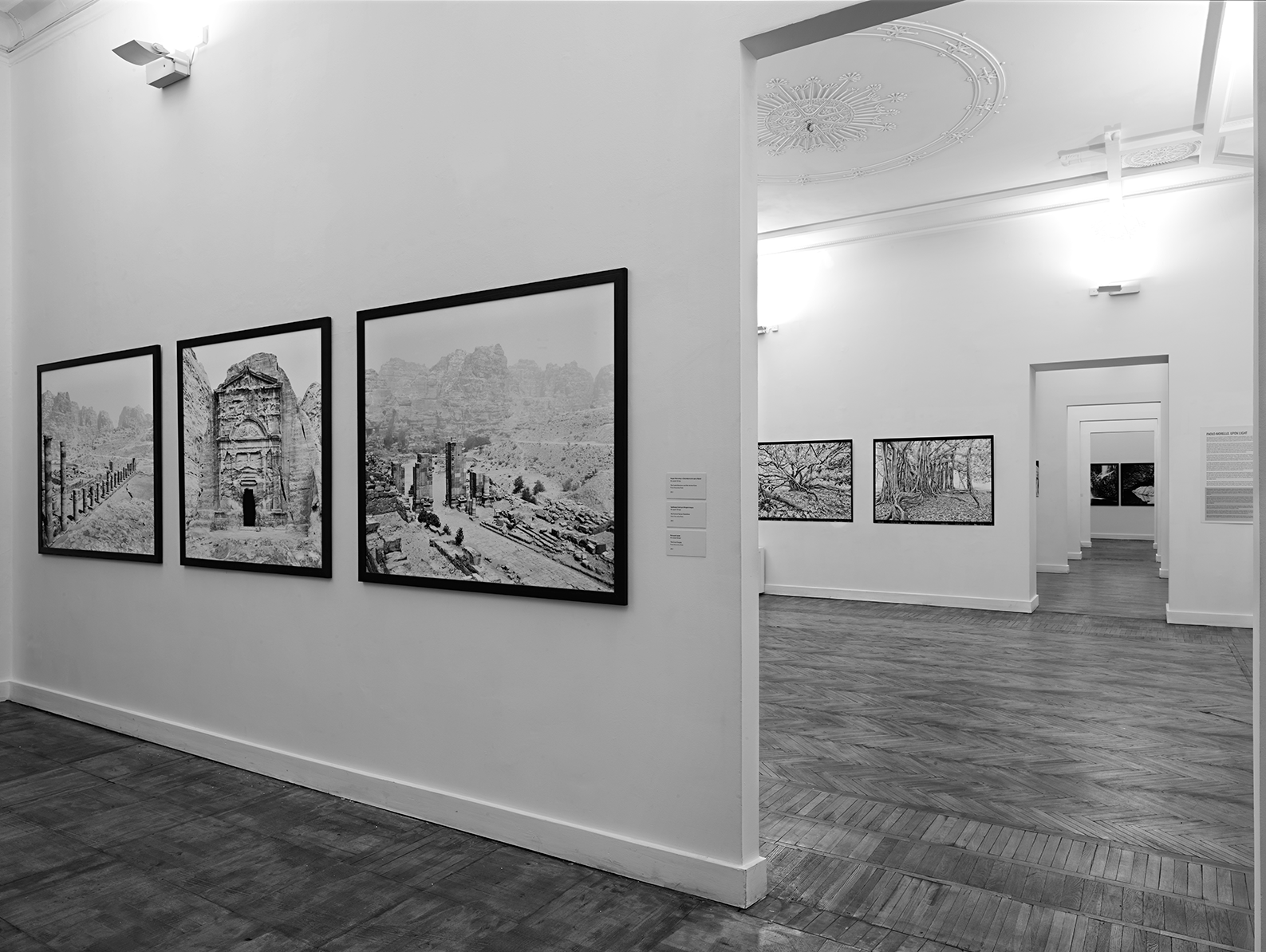
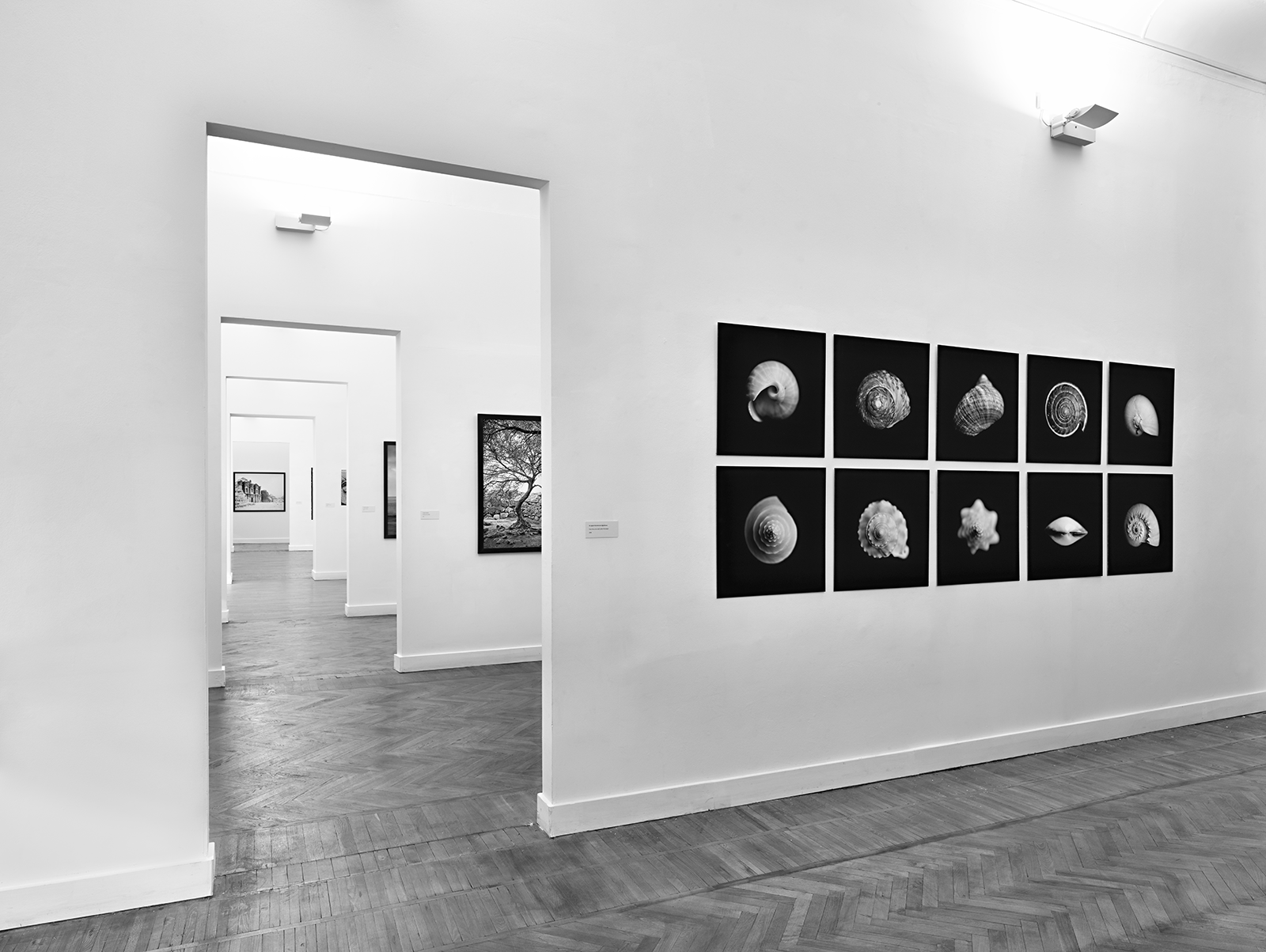
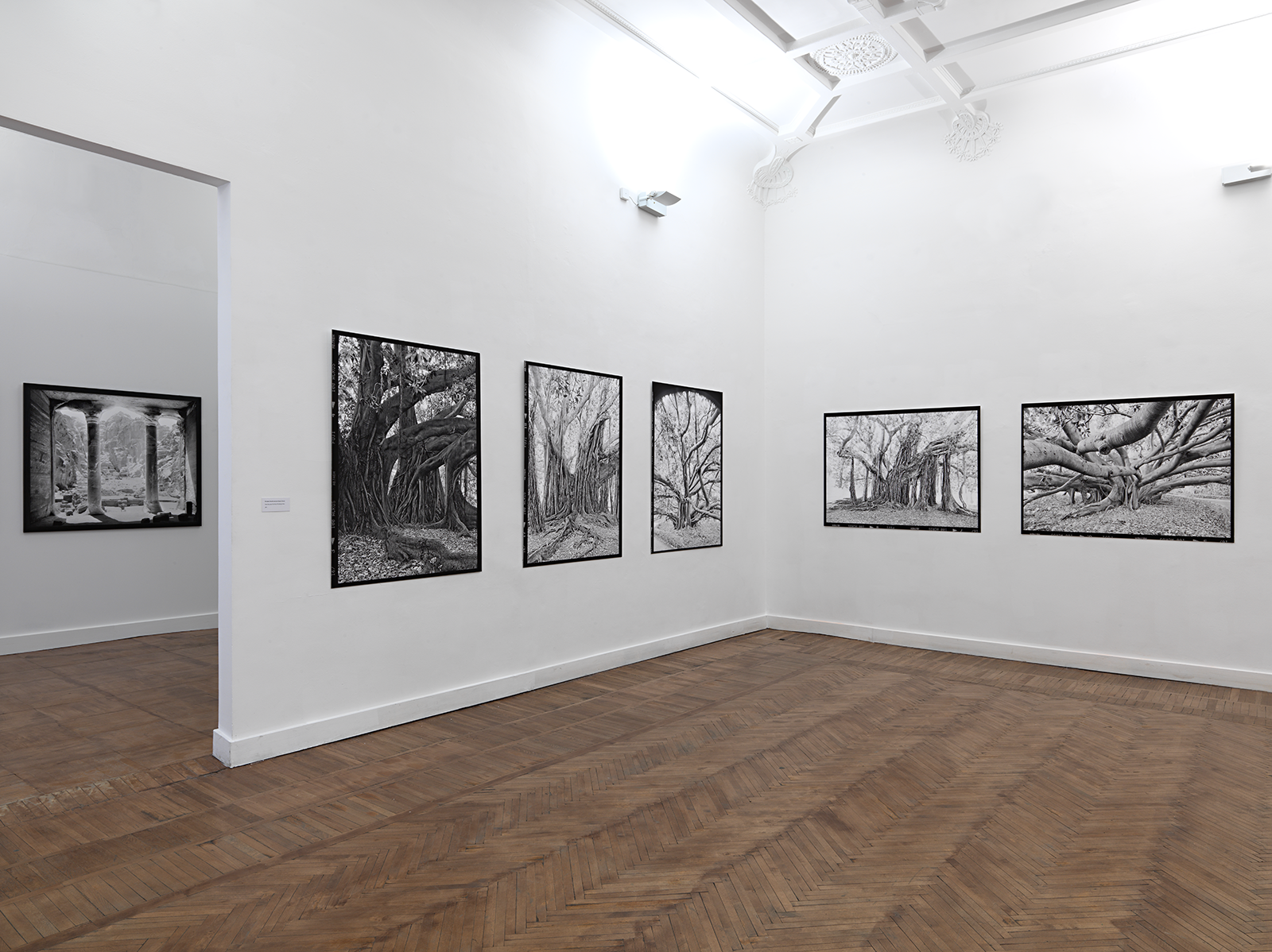
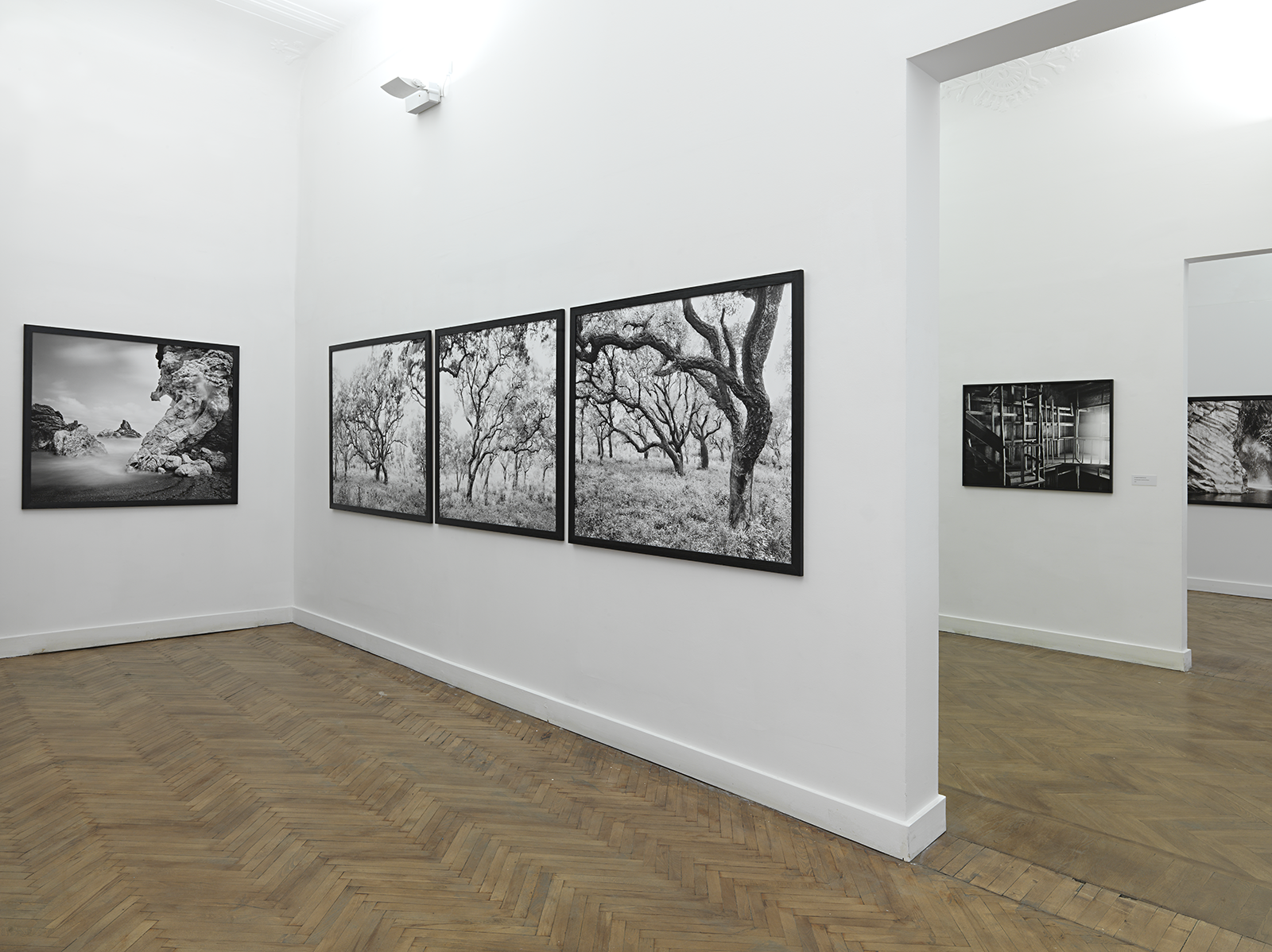
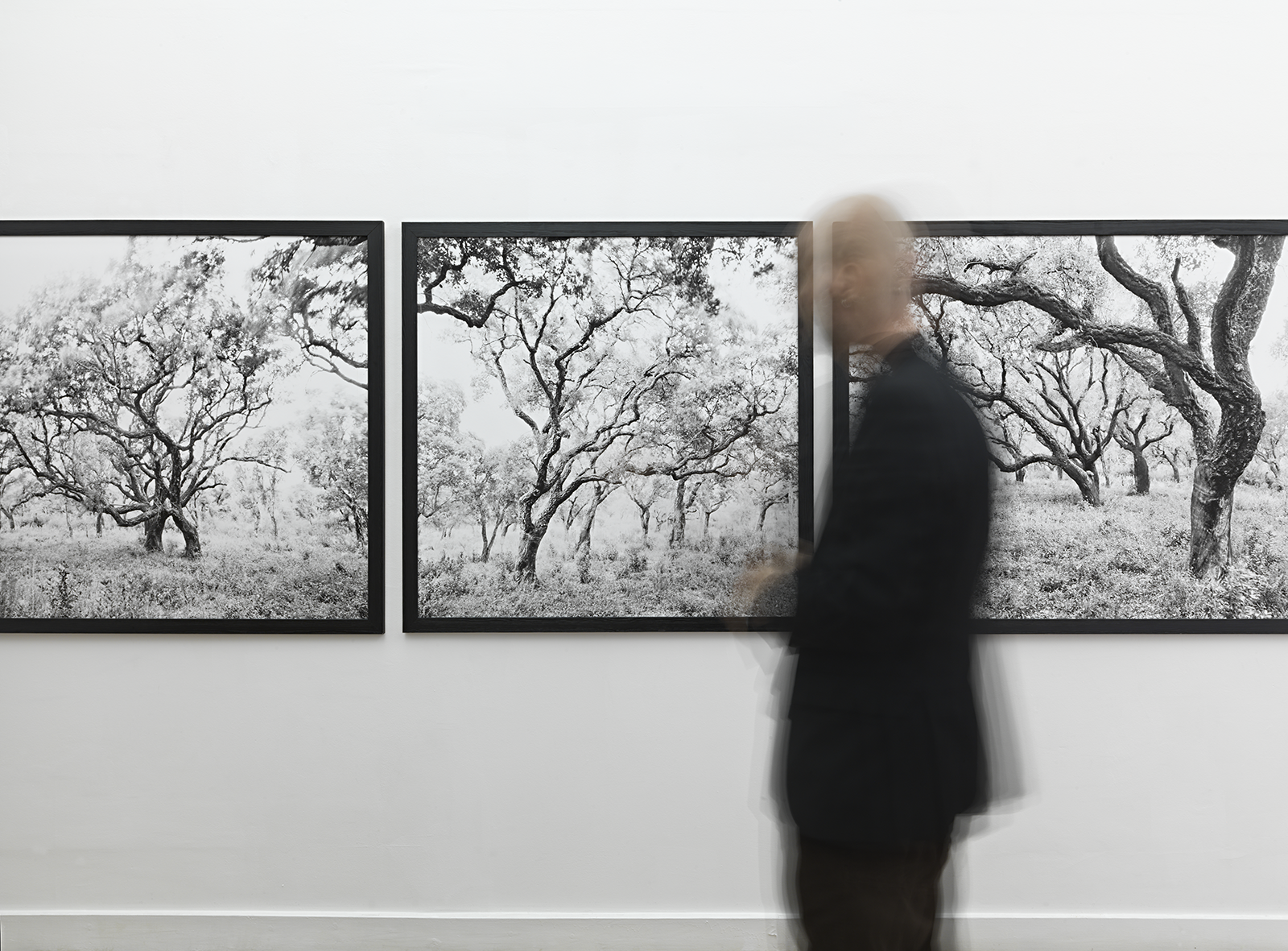
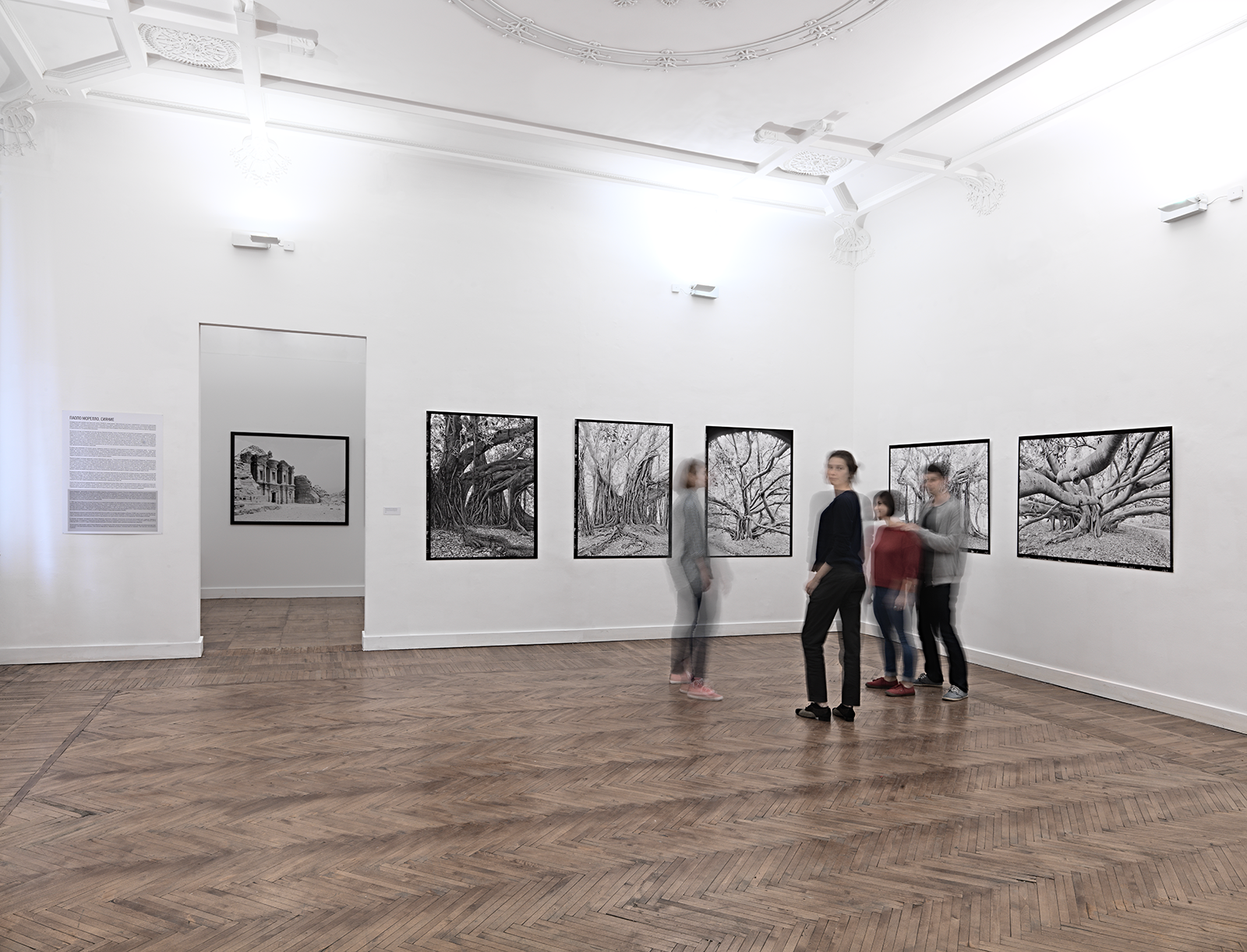
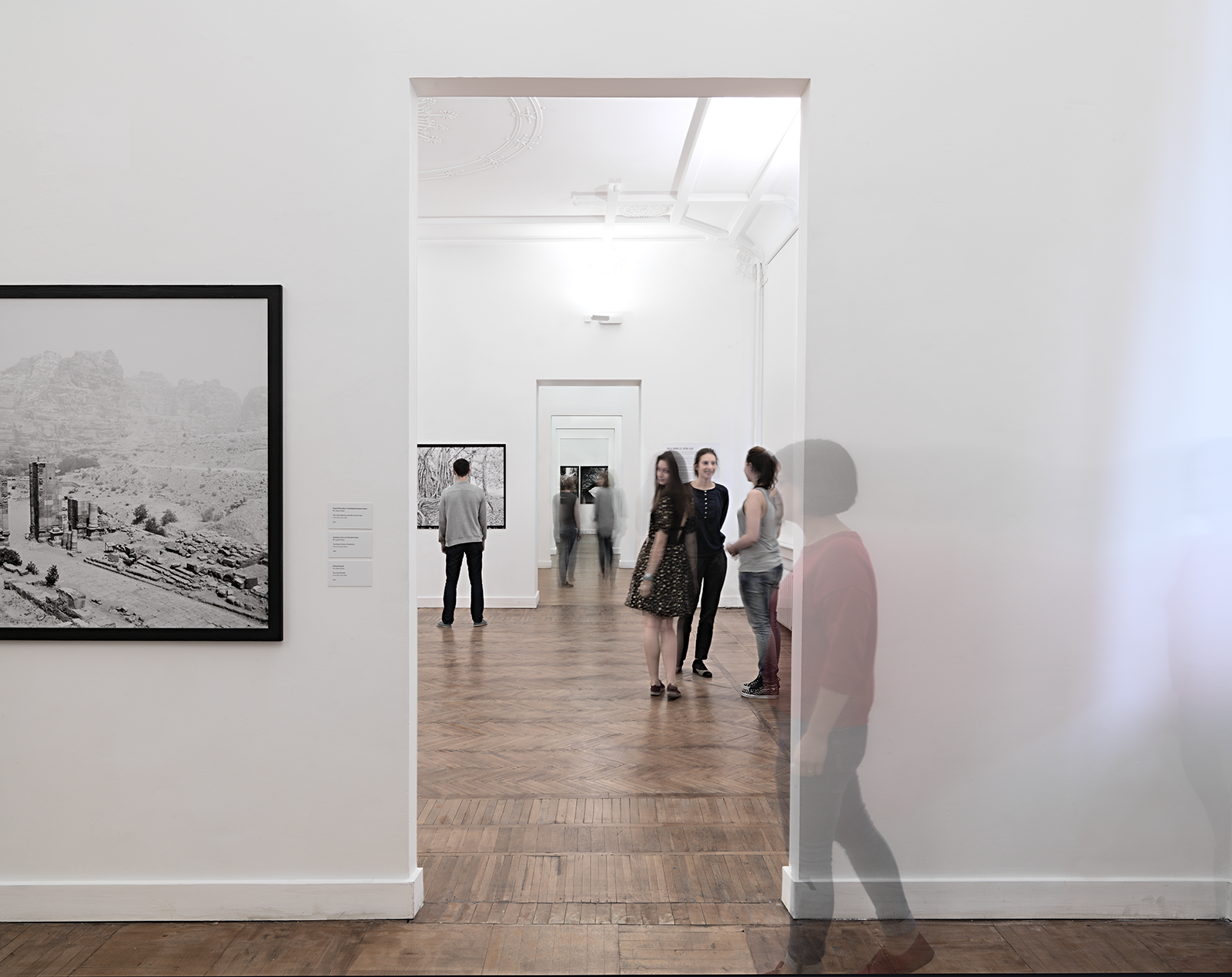
Greek myths, ancient tales, archaeological sites of the Mediterranean basin and the Midlle East, sacred books from the Books of Veda to the Bible, and the never ending work of interpretation are the themes upon which Paolo Morello’s photographic work is grounded. Rosphoto is proud to present Upon Light, a solo exhibition of the Italian photographers, which gathers together a wide selection of works realized over the past ten years.
The works on display come from some of the mayor series by the photographer. In the series entitled “In the Beginning” some myths of creation are compared. Going through Hesiod’s Theogony and the book of Genesis, Morello reflects upon some specific motifs, among them the “chaos” – the primordial abyss –, the Eden – the paradisiacal garden –, the life which takes shape from the inchoate mud, the divine breath – the “alitus” –, and finally the coming to the surface of the Earth from the depths of the Ocean. “All of these themes have much to do with photography” – the photographer says –. “Cosmogonic myths were conceived as metaphors of the progressive widening of the consciousness. Photography too is an exercise of progressive understanding and appropriation within the boundaries of the knowledge. In sanskrit, the verbs to see and to know have the same root: vidya”.
The series entitled “Aphrodite’s Nostalgia” takes as well its origins from an ancient myth, that of the goddess of love, and of her symbol, the shell. The shell was neither a symbol of her beauty, nor of her femininity, rather of her birth. To what extent are we aware of our deepest memories, such as those linked to our origin and our birth? “Images have an extraordinary power to awaken our most repressed and obliterated memories – Morello explains —, and with this aim the works included in this section were conceived. When we look at a picture, we use an area of our brain which is much older than that which we use to speak. Primitive men learned to recognize images millions of years before they started to articulate words. This is the reason why some photographs have such an immediate effect in producing emotional reactions upon the watchers. When we face a shell, or a nude feminine body which alludes to birth giving, a bell rings in the most secluded and irrational part of our mind”.
The third series is devoted to “The Myth of Petra”, the ancient Nabatean capital, now in Jordan. Despite the worldwide fame of its rose-reddish sandstone, Morello decided to photograph its tombs and monuments in black and white in order to keep off the way it is usually represented in touristic postcards. The uniqueness of that site is primarily due to the relationship between nature, rocks and architecture. The local sandstone is very frail, and that made possible to the Nabateans to easily carve such huge buildings in the Ist century BC. At the same time, the frailty of the stone makes these buildings subject to an incessant deterioration. In a kind of circular way, the same mountains which were carved by men and then became a town are now going back to sand. The architecture is vanishing under the action of the rain and the wind. What we see now are just the remaining traces of a lost splendour, and for sure this is not what they will see in a century.
Some landscapes in the show are part of “A Journey to Sicily”, which, in the photographer’s view, is still the land inhabited by the ancient Greeks, where many myths took place. It is the land of the Cyclops, where Odysseus blinded the giant Polyphemus during his journey back home to Ithaca from the Trojan War. Homer set in Sicily also the scaring Laestrygonians, a people of cannibals who lived with no laws and no liking for labour. Many ancient myths show a great modernity and some seem to allude to present circumstances.
The “Tale of the Banyan Tree” was originally released in 2007 in a quite different edition, but their breathtaking beauty well deserved a new series of photographs. In Sanskrit, the Banyan tree is called Nyagrodha, which means “that which grows downwards”. What makes it so monumental and moving is the framework of aerial roots, which, reaching the ground, become ancillary trunks, and help to support the weight of the foliage. If one consider the symbolical value of its rooting, one will discover in it the will to connect the top with the bottom. The strength of the result depends on this will. Leaves and roots depend on each other: without the latter, the former would die, and vice versa. It is essential that there is an effective connection so that this mutual function can take place. Without a good link, sap could not rise to the top, and, conversely, the energy synthesized by the leaves could not come back to the ground. Banyan Trees are considered sacred trees in many religions. They reminds wayfarers that the Top and the Bottom belong to each other.